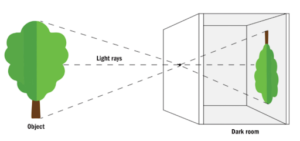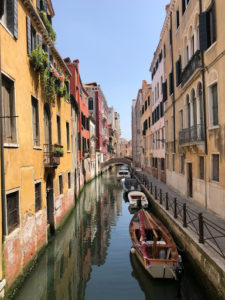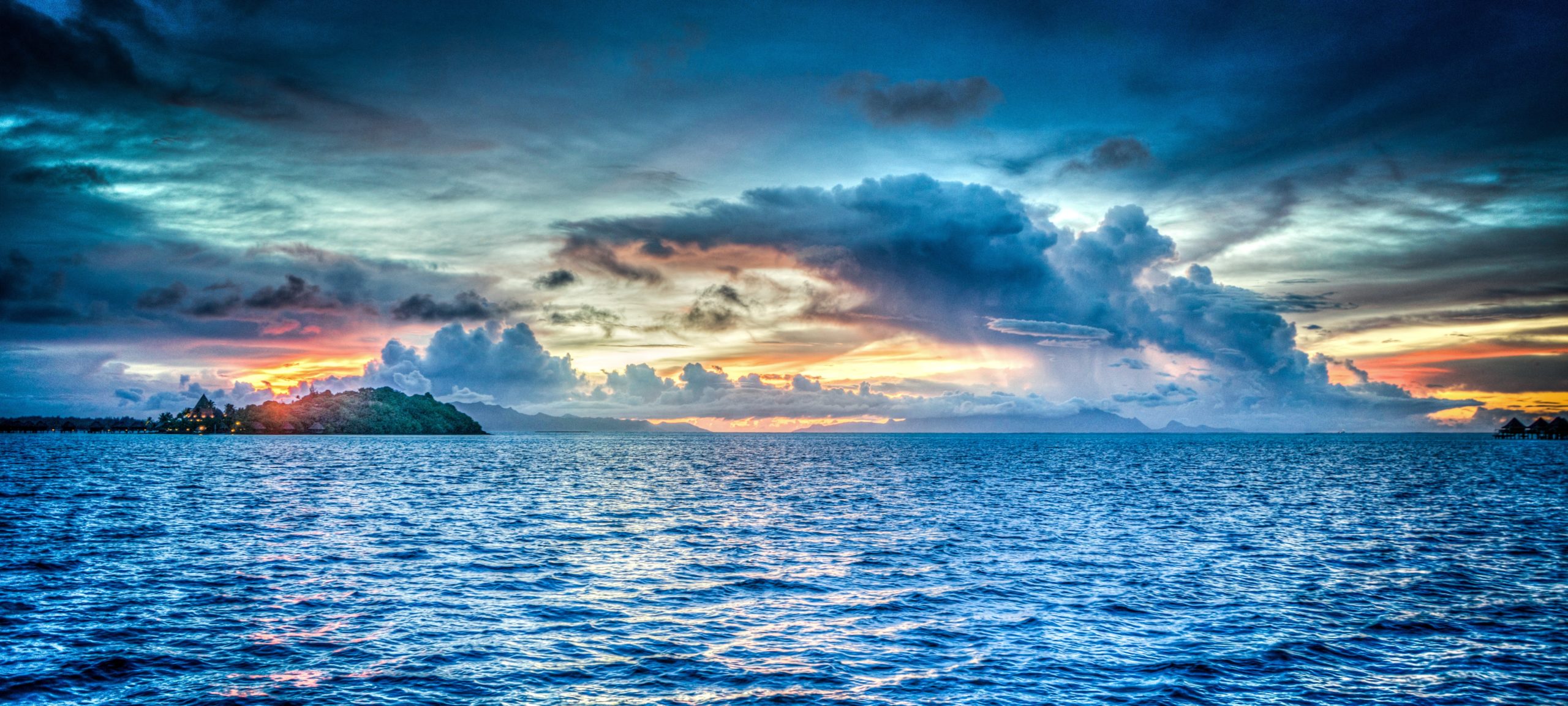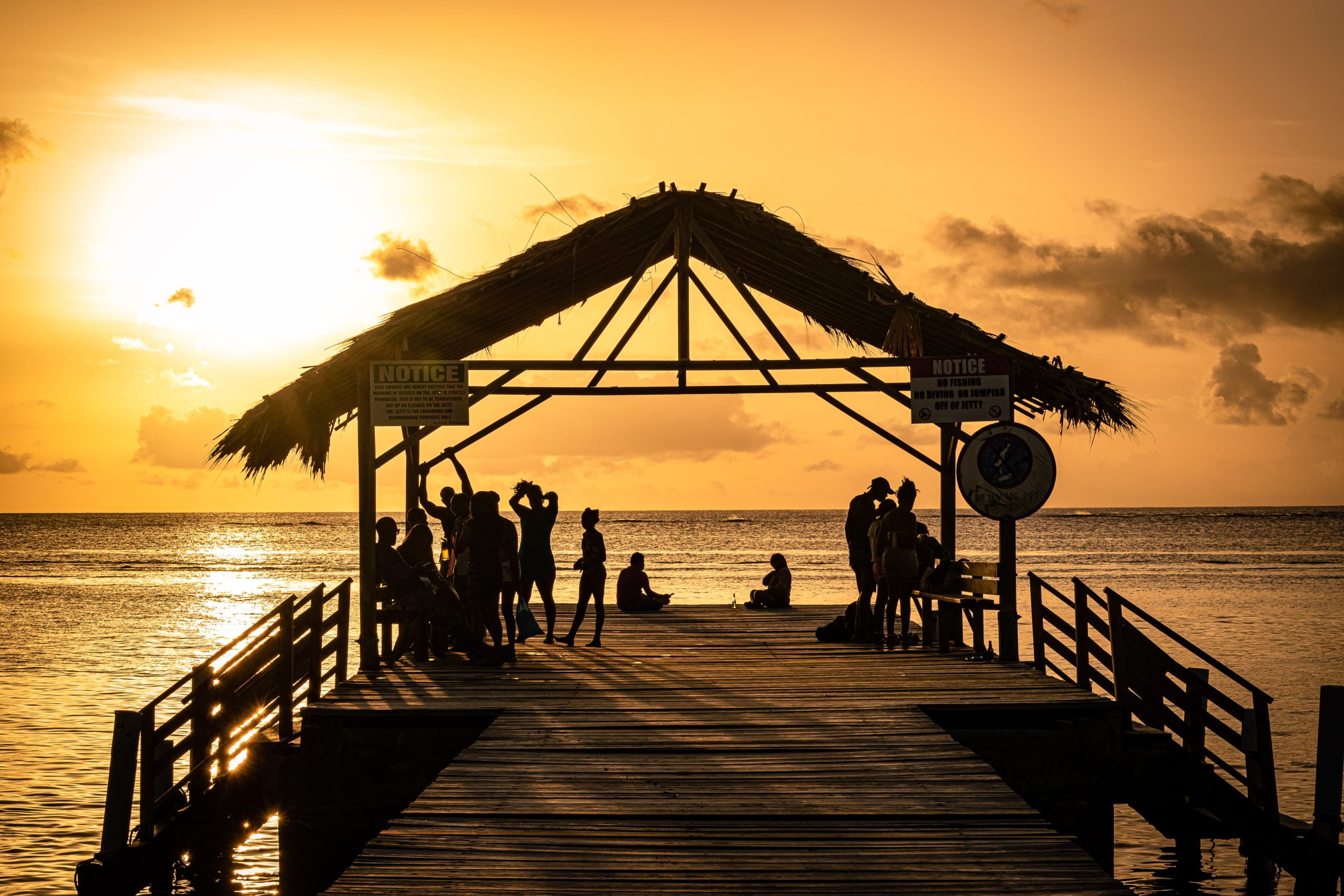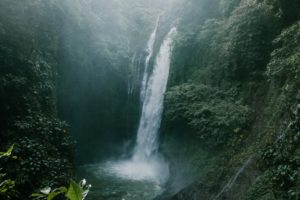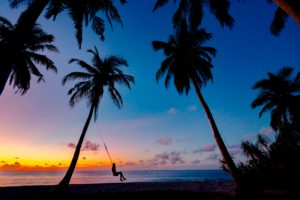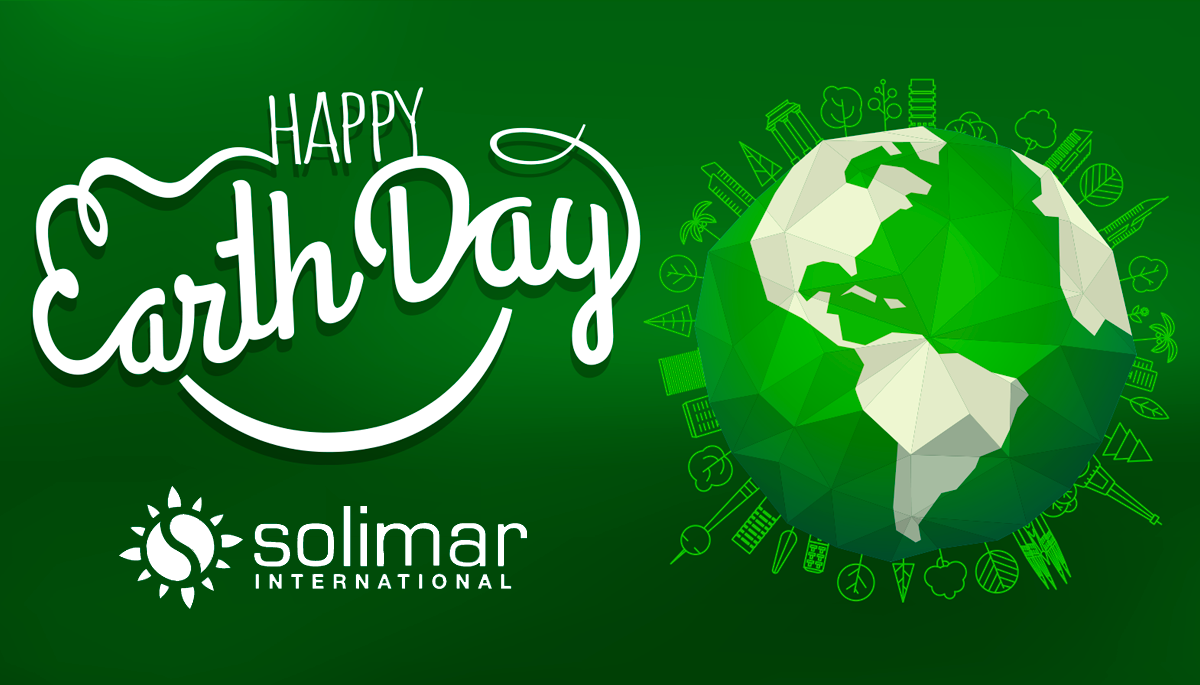Written by Amélie Keller and Vincent Villeneuve
Today on June 8, Solimar International celebrates World Oceans Day to remind everyone that there is no life without the oceans. Oceans cover 71% of the earth’s surface and represent 97% of the water on the planet. They allow us to breathe by providing 50% of the atmospheric oxygen, nourish nearly 3 billion people, welcome 90% of internationally traded goods, constitute one of the most promising sources of clean renewable energy, and employ millions of people–including in marine and nature-based tourism.
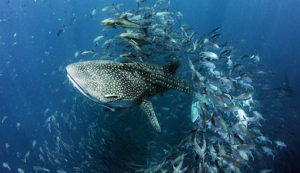
Credits: Dan Charity
Healthy oceans also ensure a protected climate. Marine biodiversity plays an essential role in climate change mitigation and adaptation and provides many ecosystem services essential for the well-being of human societies. Over the past decades, the ocean has mitigated climate change by absorbing between one-third and half of the human-made carbon dioxide (CO2) emissions, constituting one of the largest natural reservoirs of carbon. Marine ecosystems, such as coral reefs and mangroves, also offer valuable adaptation solutions, protecting the coastline from storms, contributing to soil stabilization and water purification, and constituting important habitats for biodiversity. With US $36 billion in tourism revenue supplied to the global economy each year by coral reefs, Solimar recognizes the importance of protecting these critical and endangered habitats in our work with island and coastal economies around the world.
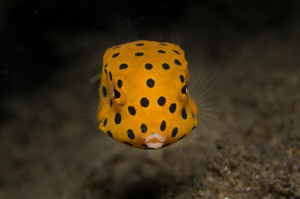
Credits: Jack McKee
World Oceans Day was first declared on 8 June 1992 in Rio de Janeiro at the Global Forum, a parallel event at the United Nations Conference on Environment and Development (UNCED) Earth Summit. In 2008, led by Canada, the General Assembly resolved that 8 June would be designated by the United Nations as “World Oceans Day”. (General Assembly resolution 63/111). The purpose of this day is to celebrate the oceans and to raise awareness among the general public of the crucial role they play in our subsistence, as well as in the various means that exist to protect them. This year’s UN World Oceans Day annual virtual event is held virtually in partnership with non-profit Oceanic Global and highlights the theme “The Ocean: Life and Livelihoods”. As the UN Decade of Ocean Science for Sustainable Development has already started, World Oceans Day is a great opportunity to celebrate and appreciate all the benefits humans get from the ocean. It is also the perfect occasion to remind ourselves of our responsibility to use its resources sustainably and to recall that every day should be an ocean’s day if we want to achieve Sustainable Development Goal 14 Life Below Water as well as all the other SDGs.
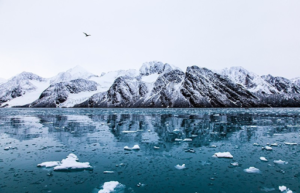
Credits: Christian Vizl
Oceans are home to most of the earth’s biodiversity and there is no doubt that the ocean economy has always been an important contributor to growth and prosperity. However, human economic activities have put serious pressure on maritime and marine resources. There is now no doubt that we must do more to protect our most vibrant natural heritage. This is what the concept of the Blue Economy is all about – as well explained by the Ocean Foundation, it refers to ensuring sustainable marine economic activities and enhancing improved livelihoods and jobs while preserving the ocean ecosystem health. For more detailed information about the potential of the Blue Economy, this comprehensive report from the World Bank and the United Nations is a great place to start.
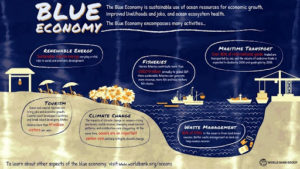
What is the Blue Economy? An infographic from the World Bank Group (Credits: The World Bank Group)
As we are living in an era of climate emergency and biodiversity losses, and constantly exposed to environmental heart-wrenching truths through newspapers, blog articles, or popular documentaries (Seaspiracy, Chasing Coral, My Octopus Teacher) – you might now be wondering, as tourism professionals, is there anything we can do to safeguard biodiversity and preserve our marine and coastal areas?
While the impact of tourism on the ocean and the climate is considerable, tourism also represents a vital pillar of a sustainable blue economy and can help drive conservation and restoration efforts around the world. The linkages between healthy ecosystems and a thriving tourism industry is perhaps nowhere more apparent than atop a coral reef. While the vibrant colors of soft coral shallows and intricate reef structures that provide a home for countless creatures can be dulled and broken by careless visitors, they can also be revived by tourism: private protected areas, funded by eco-resorts as seen in places like Misool in Indonesia, can maintain critical no-take zones that allow ecosystems to regenerate and recover while providing employment opportunities for local people.
While the UN underlines that we are currently taking more from the ocean than can be replenished, with 90% of big fish populations currently depleted and 50% of coral reefs destroyed, the Ellen MacArthur’s foundation also reminds us that in a business-as-usual scenario, the ocean is expected to contain one ton of plastic for every three tons of fish by 2025, and by 2050, more plastics than fish by weight.” Contributing to the good ecological state of the ocean and protecting the climate also means changing tourism practices and respecting some simple rules of conduct. By helping tourists adopt the right actions and learn from good practices, we can allow beaches, coastal paths, coral reefs, salt meadows, mangroves, and the ocean to continue to play their role as a climate regulator.
Coastal and ocean-related tourism come in many forms – diving, watersports, wildlife interactions, cruising, beach resorts – and, yes, the tourism industry must assume a major responsibility to take action in sustaining the management of the ocean economy. To do so, active leadership should be integrated at all levels of a destination. Solimar International is committed to helping Destination Management Organizations and tourism stakeholders to reduce large-scale impacts on the natural capital upon which the industry depends. Solimar International is part of the Tourism Action Coalition for a Sustainable Ocean, working together with other tourism leaders to achieve the vision of marine and coastal tourism that is collaborative and regenerative with social inclusion and sustainability at its core. In addition, Solimar International is implementing activities directly aimed at delivering on this vision. Check out some of our past projects to which we conducted sustainable marine-based activities in coastal destinations, such as Mauritius, Panama, and Timor-Leste.
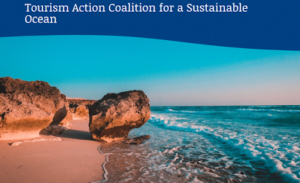
Tourism Action Coalition for a Sustainable Ocean (Credits: The Ocean Foundation)
To give you some ideas, we have listed some general tourism best practices examples to follow for a sustainable tourism destination based on the Blue Economy:
- Ban single-use plastic and reuse as much plastic as possible
- Implement guidelines and sustainable activities for wildlife interactions and reef exploration
- Educate visitors and front-workers about social responsibility and best practices to reduce environmental footprints
- Lessen the amount of pollution and waste produced by cruise operators, hospitality businesses, tourists, and local communities through awareness campaigns and community events
- Assess tourism businesses sustainability levels
- Work with other industries (such as fisheries, governments, maritime transportation, renewable energy, and aquaculture) to conduct holistic and sustainable approaches
- Employ local people who are on the frontline in our battle to restore our ocean ecosystems, and who are the most knowledgeable about their coastal homes and resources
As summer arrives and the lucky ones are already starting to prepare their luggage for a seaside vacation, it is essential to have in mind some good practices and actions to apply to preserve the largest ecosystem on the planet. By reducing waste, following marked trails, avoiding disturbing marine species, tourists can help protect the oceans while allowing them to fully play their role in the climate system. You too, during your stay by the sea, can protect the ocean and thus contribute to the fight against climate change.
Sustainability is not only green – like the Earth we call home, it is truly blue. So celebrate World Oceans Day, and take this opportunity to remind yourself how beautiful our planet is, especially underwater. To share this world of wonder with future generations, we must ensure that tourism acts to protect these beautiful places and ecosystems–improving them for the many millions of people who have yet to witness their beauty, and the millions more who call these places home.
Feeling like diving now? Sign up to the World Ocean Day event here and take a virtual swim without any harm by discovering this wonderful campaign on Google Earth created by Underwater Earth and The Ocean Agency to raise awareness on the importance of our oceans!

2020 Photo Competition – Winner of the Category ‘Underwater Life’ (Credits : Michael Gallagher)
